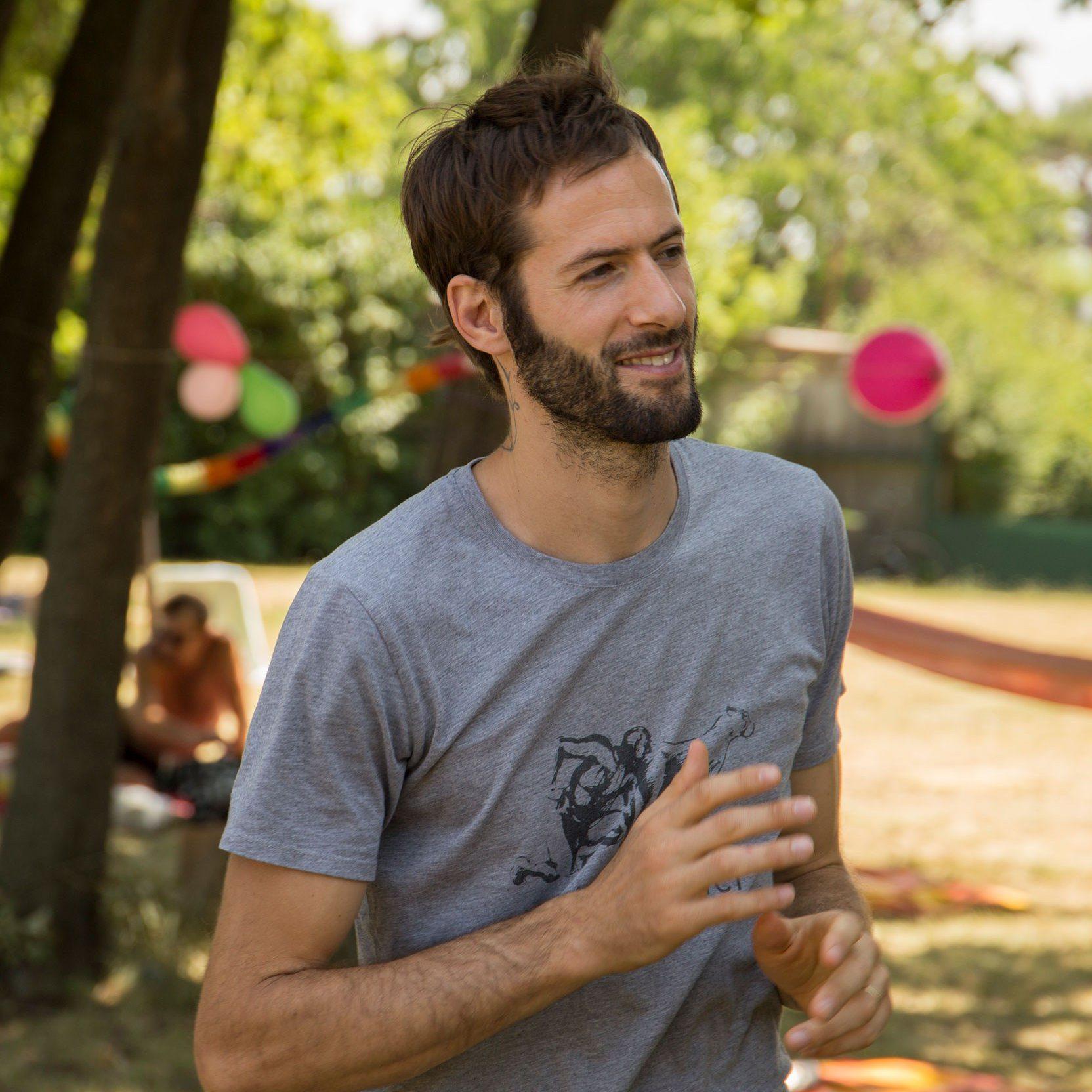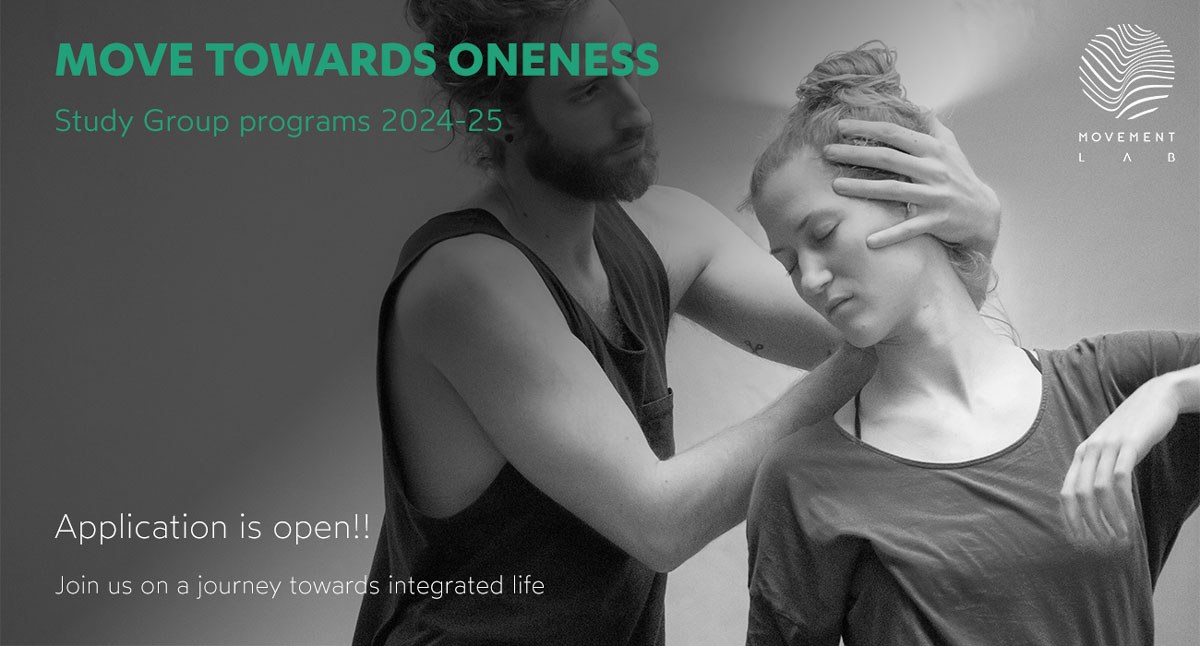Dance and the interplay of Hierarchy and Anarchy
 by Matan Levkowich
by Matan LevkowichDance and the interplay of Hierarchy and Anarchy
Ever since we opened our first Contemporary Moves Advanced study group, I have been asked by numerous times regarding the definition of 'advanced' and the criteria for one's inclusion in this category. I pondered this very question before establishing the study group and I wish to articulate some reflections on this topic with you.
First things first, the usage of terms like 'advanced' or 'beginner' presupposes the existence of hierarchies. In the present cultural climate, the term 'hierarchy' carries a somewhat negative connotation, as if its very existence implies inherent problems or immorality. However, my perspective on hierarchies is quite different…
Semantically, the term 'hierarchy' in isolation lacks sufficient context for practical comprehension. It necessitates an additional inquiry: What is the nature of the hierarchy we are formulating? On what grounds are we arranging and categorising elements within this hierarchy?
Within the world of contemporary dance, some construct hierarchies based on aesthetics, while others emphasise expression. In artistic circles, the prevalent tendency is to construct hierarchies which revolves around political beliefs or moral ideologies. This often leads to what is known as the post-modern problem — hierarchies of this nature inevitably consist elements of power and dominance, yielding adverse consequences.
Hence, I strive, as much as possible, to concentrate solely on hierarchies of competence grounded in a lucid and objective relationship to kinetic energy. How can I move in a manner that avoids kinetic conflict with my surroundings? In other words, how can I enter the flow in movement? In this context, assessing our ability to execute a specific movement is quite a simple task.
This concept is encapsulated in what I term 'Hard skills hierarchy'— essentially, an evaluation of my current physical capabilities. Yet, being an 'advanced' practitioner of dance extends beyond the mere ability to execute specific movements; it involves mental prowess and the spectrum of physical experiences one is mentally capable of embracing. I refer to this as 'Soft skills hierarchy.'
While many students concurrently develop both hard and soft skills, the pace of progress will differ. Some individuals display openness to novel experiences despite their physical limitations, while others, though physically adept, may grapple mentally with certain tasks in class.
Nonetheless, the essence of contemporary dance revolves around the subjective query of 'when do I experience myself dancing,' an inquiry inherently devoid of objective answers. It falls upon the individual to reflect on their dance experience moment by moment until they dissolve into their dance. Pedagogically speaking, ranking students and inquiring 'who is better at experiencing themselves dancing?' would be a useless pursuit.
This brings us to the concept of 'anarchy' — which could be understood as the absence of hierarchies. As a teacher, alongside my efforts to establish hierarchies of competence, I do my best to dissipate any attachments that may arise in connection with these hierarchies. I empower my students to bear the responsibility over their 'dance journey' and explore the liberation inherent in the anarchic 'end goal' of contemporary dance, which I would poetically described as 'experiencing ourselves becoming dance.'
Join our community online!
Did you enjoy this article? Don't miss the next one!
Subscribe to our newsletter and we'll deliver the next article directly to your inbox.
If you wish, we'll include you when announcing special events and online courses.
